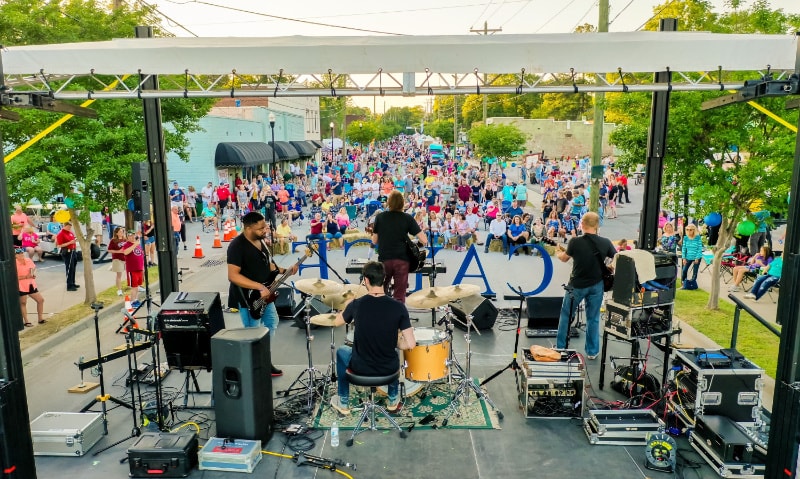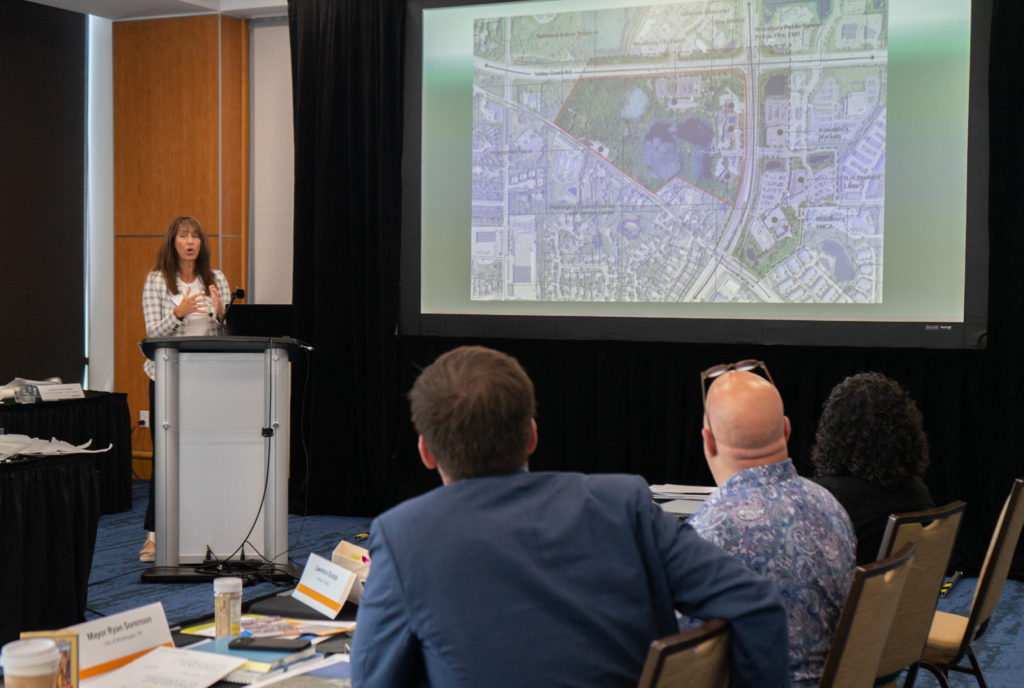Background
Anchorage is located in southcentral Alaska about 1,500 miles northwest of Seattle. Over 40% of the state’s population live in the city, which makes Anchorage the gateway of the far north. Major development and commercial activities are concentrated in the area south of 3rd Avenue and west of A Street in the central business district.
Challenge
Flooded with windfall tax revenue from oil production in the post-war decades, the state invested heavily in a citywide public works program called “Project 80s.” Many cultural and recreational facilities in Anchorage that exist today were funded and built through this initiative. As Anchorage grew and became a tourist and trade hotspot, the city needed a bigger venue to host major events and provide amenities that the existing 1984 facility, the Egan Center, could not accommodate. In 2004, former Mayor Begich presented three site alternatives for the new convention center to MICD’s Resource Team. Site selection would take into account the Alaska Railroad Corporation’s $7 million plan to transform E Street into a walkable, pedestrian-oriented corridor. Mayor Begich, who went on to serve in the U.S. Senate (D-AK), wanted to build a catalytic project that add density to the downtown core by attracting new investments and mixed-use housing to the area.
Impact
Five Anchorage mayors have attended the Institute since 1987, each bringing a fascinating case study that addressed the planning and design challenges facing the city. However, one could argue that of all these case studies, the project that delivered the most groundbreaking results—one that yielded the biggest economic development and quality of life impacts—is the Dena’ina Civic and Convention Center. Opened in 2008, this 200,000-square-foot facility was built on a surface parking lot between 7th and 8th Avenues, one block south of the Alaska Center for the Performing Arts. The city’s decision to select this particular site over the alternatives that could have been far less successful was primarily influenced by the feedback that Mayor Begich received from MICD’s design experts and the relationship they maintained after the session.



